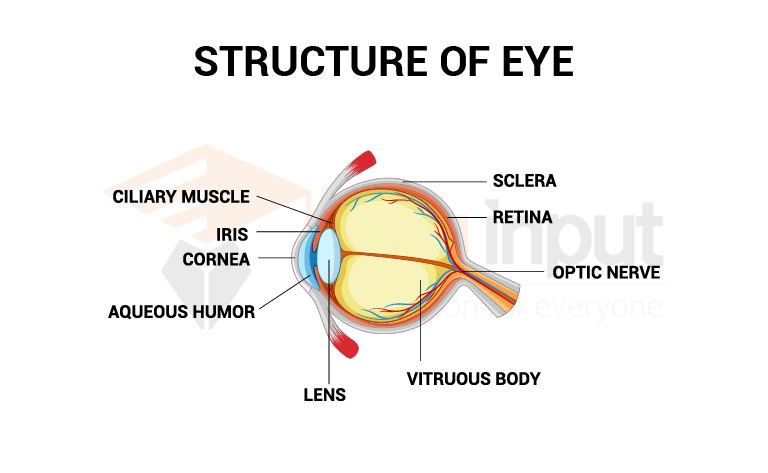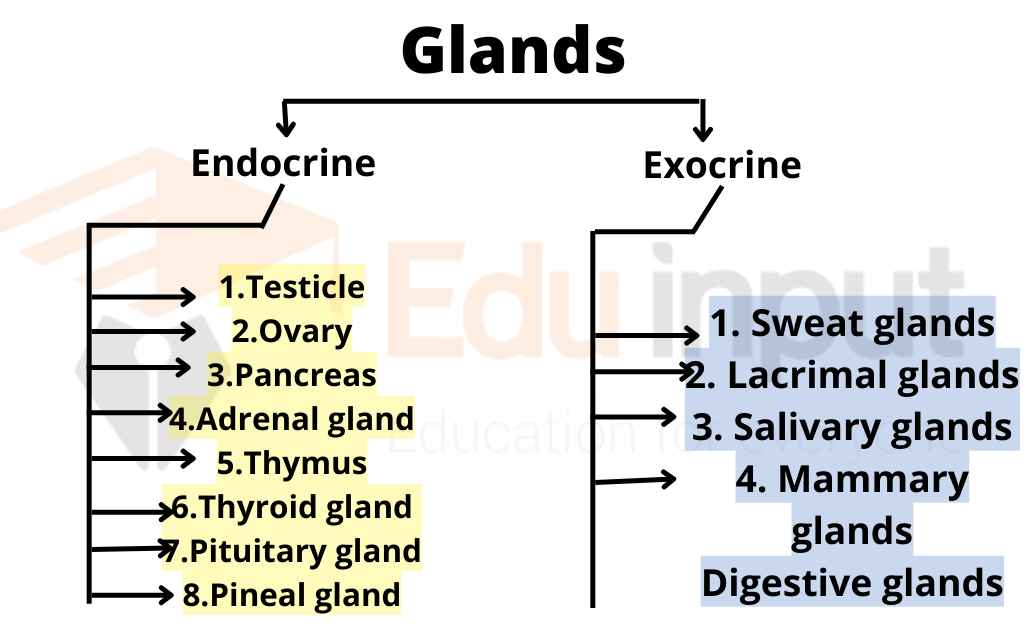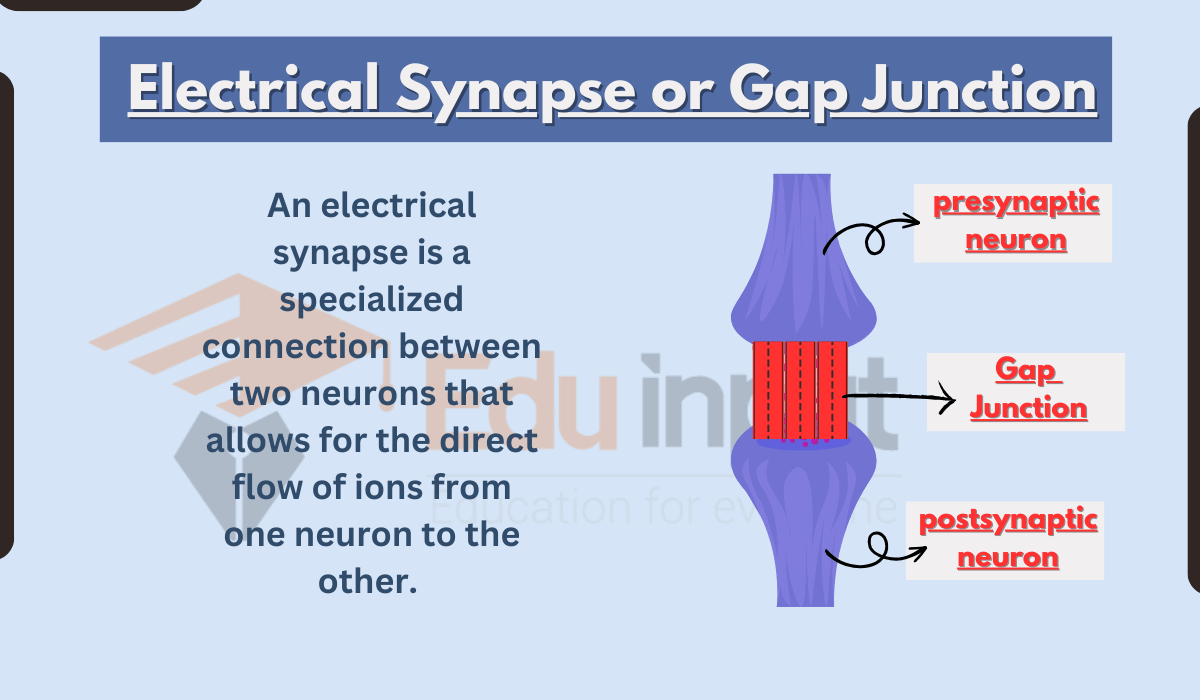Optic Nerve (CN II) | Working Mechanism and Sub-divisions
There are more than one million nerve fibers in the optical nerve. The second cranial nerve or cranial nerve II, also known as the second cranial nerve, is the second of several pairs of cranial nerves.
Vision is transmitted from the eye to the brain using electrical impulses from the eye to the brain. The severity and type of vision loss depending on where the damage occurred. It may affect one or both eyes.
The anterior part of the eyeball and the space in the middle cranial fossa is the parts of the brain that have the optic nerves. It is made up of myelinated axons of the ganglion cells of the retina.

Sub-Divisions Of Optic Nerve
It can be subdivided into four main parts:
- Intraocular Part: The length of the eye’s intraocular part is about 1 millimeter.
- Intraorbital Part: The intraorbital part is approximately 25 mm in length.
- Intracanalicular Part: The intracanalicular part is the most variable, depending on how long the part is, it can be between 4 and 10mm in length.
- Intracranial Part: The Intracranial part accounts for about 10 mm of the total length of the nerve.
Working Mechanism of Optic Nerve
- Cones are present in smaller numbers. They have a lower light sensitivity than rods and are more involved with color vision.
- The information received from your rods and cones is sent from your eye to your brain. The optic chiasm is a result of the two of your nerves meeting inside of your skull. The nerve fibers from the half of the retina that are not in the eye form two separate tracts.
- The nerve impulses eventually reach your visual cortex, which then processes the information. The back part of your brain is where your visual cortex is located.
Branches Of Optic Nerve
The branches of the nerve travel to your brain or join other fibers.
- Half of the nerve fibers from your left eye continue to the left side of your brain.
- Half of your right eye’s nerve fibers connect to the right side of your brain.
- The remaining nerve fibers join together. Your brain receives signals from both eyes at the same time to create a cohesive visual image (binocular vision).
Disease linked to the Optic Nerve
Glaucoma is one of the most common diseases linked to the optic nerve.
Glaucoma
One of the most common diseases affecting the eye is Glaucoma. Glaucoma can be caused by high intraocular pressure or high pressure in the fluid that is inside the eye.
The cells die due to the high pressure on the nerve. The term is used to describe the weakness of the optic nerve. The central nervous system includes the part of the eye that has the optical nerve.

 written by
written by 





Leave a Reply